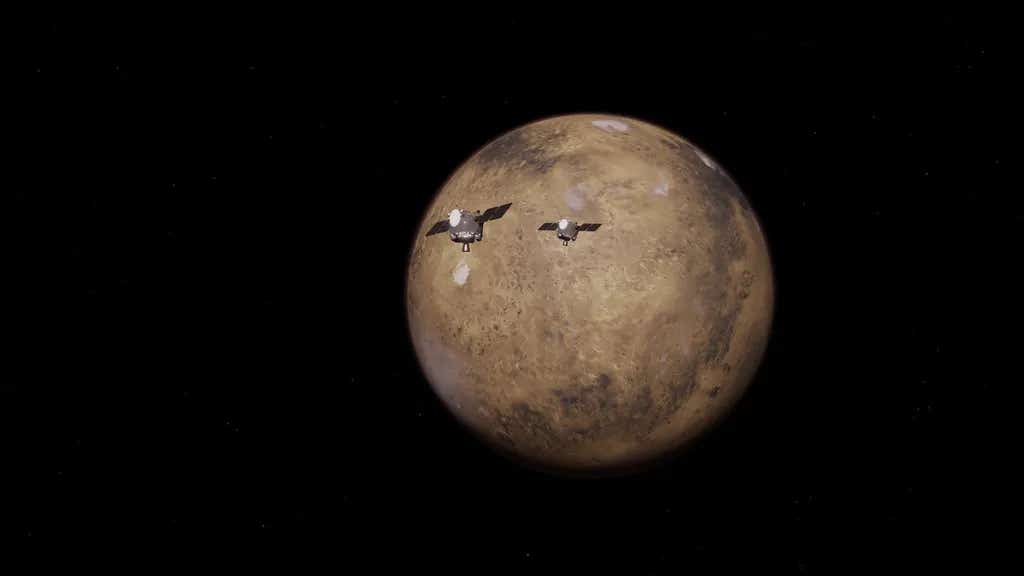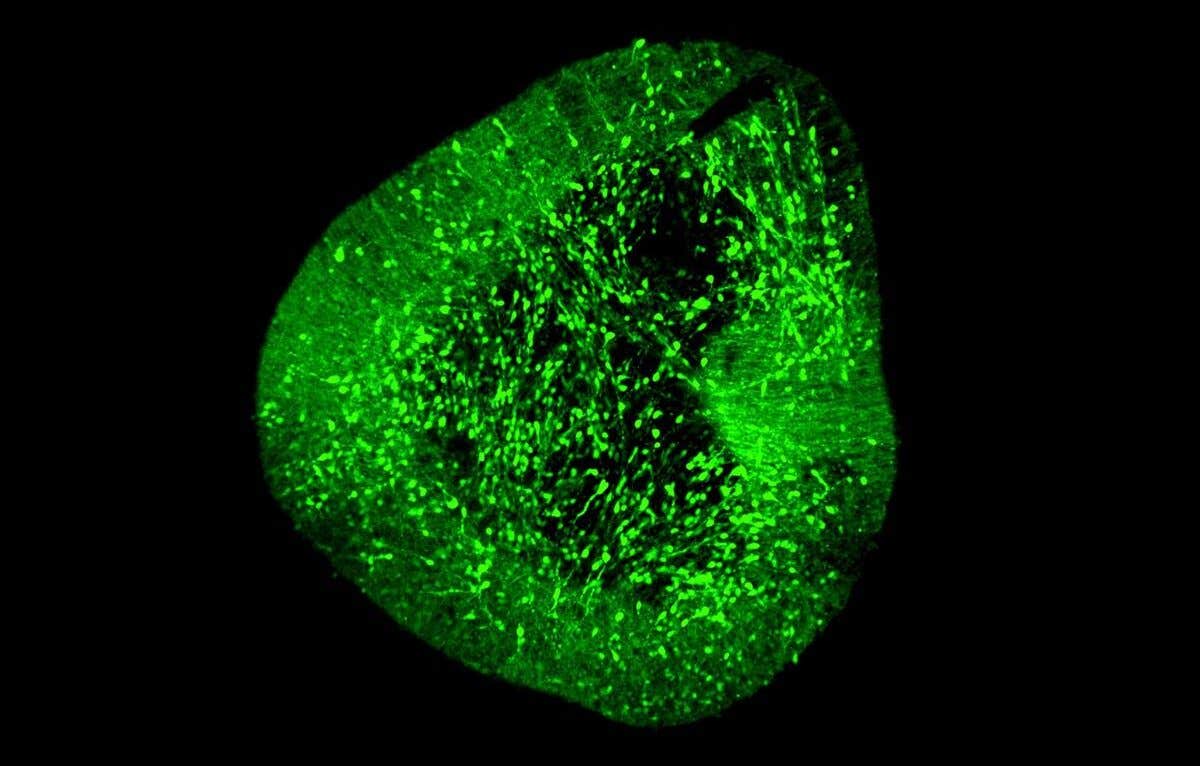New gene discovery can help repair heart damage from heart attack or heart failure
Researchers may have found a way to help your heart rebuild muscle after injury by turning on a gene that usually shuts down after birth.

 Edited By: Joshua Shavit
Edited By: Joshua Shavit

New CCNA2 research may help your heart regrow healthy muscle after injury. (CREDIT: Shutterstock)
Your heart will not just give you fear and uncertainty after a heart attack; it can leave scar tissue that stiffens your heart and limits your strength. Many people learn to live with that loss, but the fight can linger for years. Doctors can manage the symptoms, but they can't return the muscle your heart once had. As of today, there is emerging evidence guiding us to a therapy that may one day enable your own heart to rebuild itself.
Rejuvenating a Silent Gene
Researchers have concentrated their efforts on a specific gene, Cyclin A2, or CCNA2, a gene that directs cells to divide. During fetal development, this gene is active when your heart is growing rapidly. Shortly after birth, it turns off. When that occurs, your heart cells can no longer multiply. Eventually, when you incur an injury many years down the line, your heart will heal itself by forming scarring instead of utilizing newly generated muscle.
Ever since she was young, a research team led by Hina Chaudhry, MD, Director of Cardiovascular Regenerative Medicine at the Icahn School of Medicine at Mount Sinai, has asked the question if we can turn this silent gene back on. In 2014, her research team published results showing that turning on CCNA2 in pigs resulted in new heart muscle regeneration post-heart attack. Knowing that a pig's heart is similar to a human heart, these results raised hope.
The new study published in Regenerative Medicine may be the biggest leap forward yet. Dr. Chaudhry and her research team engineered a treatment specific to human cardiac cells. They created a modified human adenovirus that contained a working version of the CCNA2 gene, which wouldn't replicate or spread. They constructed it to activate only heart muscle cells by placing a promoter, called cTnT, that confines the therapy specifically to the tissue that contracts every heartbeat.
Observing Human Heart Cells Divide
Researchers tested the therapy with adult human heart cells that were grown in culture. The cells were from healthy donor hearts that were 21 - 55 years old. They utilized time-lapse imaging to observe the cells live. They witnessed what had been viewed as impossible: adult human heart cells divided cleanly into two daughter cells while maintaining their structure and function.
The cells from the 41- and 55-year-old hearts were the most responsive to the therapy. There was no change in the 21-year-old donor cells. Prior studies have demonstrated that young human hearts still have some regenerative capacity, which helps explain this difference. Critically, the therapy caused no evidence of threatening cell enlargement or cavalier alterations in calcium activity; all signs that the newly generated cells behaved like normal beating heart cells.
“This is the culmination of almost two decades of work,” said Dr. Chaudhry. “We were the first to propose the idea that the heart could be regenerated by awakening dormant cell division genes, and now we have come one step closer to this vision for patients.”
Mapping Out How Renewal Begins
The team asked next how CCNA2 turns back on the machinery of cellular growth. They analyzed four key RNA sequencing data sets to contrast human cells from the fetal, adult, and treated heart. The analysis suggested that CCNA2 reactivates a whole network of cell cycle genes. The Notch, HES, and HEY, TGF beta, MAP kinases, PDGF, and Jak-STAT pathways were activated, indicating that treated cells have transitioned to a more youthful and reparative state.
The cells' metabolic profile also shifted. Genes involved in mitochondrial function and oxidative phosphorylation became less active, leading treated cells to more closely resemble the metabolism of neonatal heart cells, which are still capable of regeneration.
Several species can repair their hearts naturally. For example, zebrafish can regrow about 1/5th of their heart after an injury, while newts can regrow much more. However, in zebrafish with a mutation in a checkpoint gene termed mps1, they lose this ability and form scar tissue similar to humans. These examples indicate that a limited number of key genes may drive the balance between scarring and true healing. Humans show some potential for regeneration early in life, but this diminishes as one ages.
Building Toward Human Trials
The team at Mount Sinai has already evaluated CCNA2 therapy in a pig model of heart attack. The treated pigs had improved cardiac function on MRI, less scar tissue, and a 55% increase in heart muscle cells in the damaged region. These findings propelled the design of a treatment that would be safe in humans.
According to Dr. Chaudhry, "Our motivation is to develop a therapy that enables the heart to heal itself post-heart attack or in heart failure; and thus reduces the requirement for transplants or mechanical devices."
The researchers now intend to pursue FDA approval for clinical trials.
A Shift in How Heart Disease Is Treated
Heart failure affects millions of people worldwide. While current therapies relieve symptoms, they cannot replace lost muscle. Stem cell therapies have been trialed for many years, yet many cells implanted in the heart may fail to differentiate into mature heart cells and may trigger abnormal rhythms. The CCNA2 strategy eliminates those negative effects by facilitating human cells to grow, divide, and recreate the heart from within.
If future studies show favorable safety and efficacy, this therapy will potentially affect how heart disease is treated and foster hope for patients who have been told previously that damaged heart muscle may never return.
Research findings are available online in the journal npj Regenerative Medicine.
Related Stories
- First-of-its-kind drug promotes organ and heart tissue regeneration
- New gene discovery could transform screening and treatment for heart disease
- Breakthrough drug protects and regenerates heart muscle after a heart attack
Like these kind of feel good stories? Get The Brighter Side of News' newsletter.
Joseph Shavit
Science News Writer, Editor-At-Large and Publisher
Joseph Shavit, based in Los Angeles, is a seasoned science journalist, editor and co-founder of The Brighter Side of News, where he transforms complex discoveries into clear, engaging stories for general readers. With experience at major media groups like Times Mirror and Tribune, he writes with both authority and curiosity. His work spans astronomy, physics, quantum mechanics, climate change, artificial intelligence, health, and medicine. Known for linking breakthroughs to real-world markets, he highlights how research transitions into products and industries that shape daily life.



